AIF Taxation in India: Rules, Rates, and Investor Guide (2025)
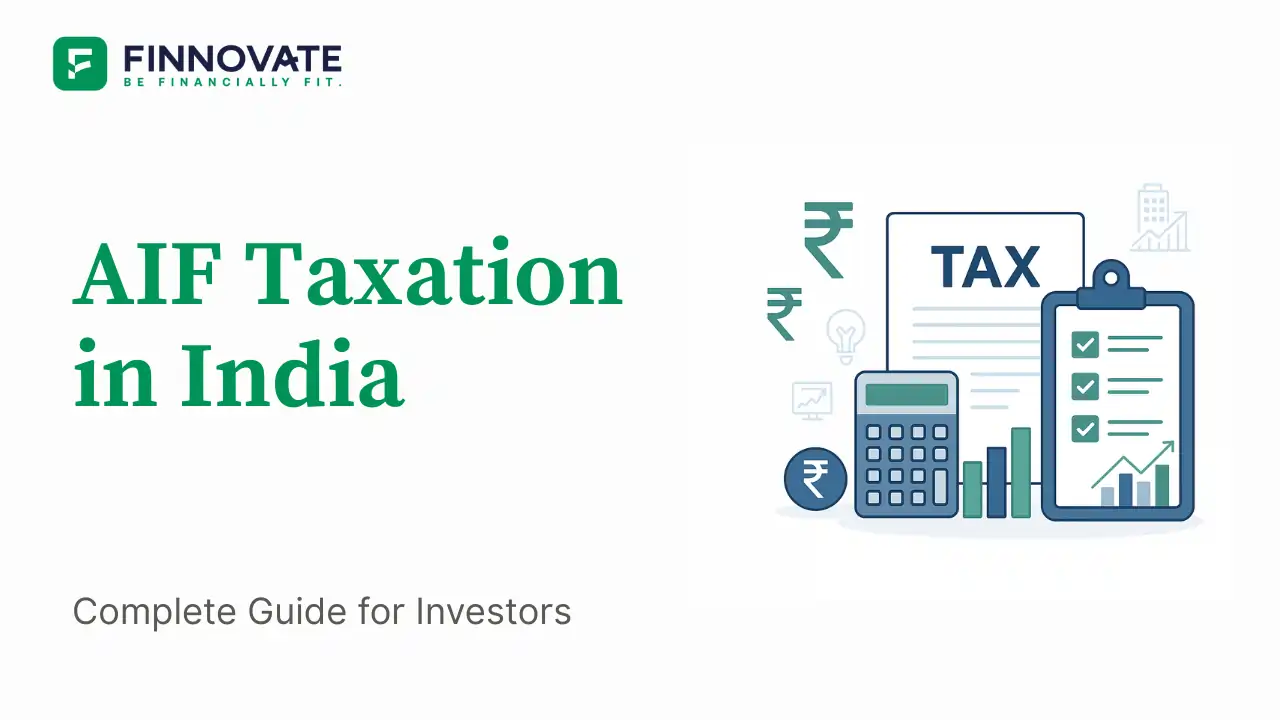
By

When evaluating an Alternative Investment Fund (AIF), most investors focus on the fund’s strategy, past performance, and management team. But taxation can make a significant difference to your actual take-home returns.
Two AIFs with identical gross returns can leave you with very different amounts after taxes - depending on:
For High Net Worth Individuals (HNIs), ignoring tax efficiency can erode returns by several percentage points annually. Since AIF investments typically have long lock-ins, understanding the tax framework upfront helps you:
If you're new to AIFs Investing world, we suggest you to go through our Beginner's Guide to AIFs.
If you want to get detailed overview on how to select suitable AIF Category, Read Here →
AIFs in India are governed by the SEBI (Alternative Investment Funds) Regulations, 2012. From a tax perspective, there are two broad ways AIF income is treated:
Regardless of the structure:
The taxation of AIFs depends heavily on which category you invest in, as defined by SEBI. Here’s how each is treated under Indian tax laws:
| AIF Category | Tax Treatment | Who Pays the Tax? | TDS (incl. NRIs) | Key Points |
|---|---|---|---|---|
| Category I (Start-ups, SMEs, Infra) | Pass-through for all non-business income (interest, dividends, capital gains); business income taxed at fund level | Investor (for non-business income); Fund (for business income) | Sec. 194LBB: Residents - 10% TDS; Non-residents - TDS at rates in force for the relevant income type. DTAA relief available with TRC/10F where applicable. | Tax outcome depends on income mix; nature of income is retained in investors’ hands |
| Category II (Private Equity, Debt, Real Estate) | Pass-through for all non-business income; business income taxed at fund level | Investor (for non-business income); Fund (for business income) | Sec. 194LBB: Residents - 10% TDS; Non-residents - TDS at rates in force (DTAA may reduce with TRC/10F) | Popular with HNIs for predictable post-tax exposure |
| Category III (Hedge-fund-like strategies) | Taxed at fund level as business income | Fund | Effective rate in trust structures can be ~42.744% incl. surcharge & cess | No pass-through; investors receive post-tax distributions |
When you invest in an AIF, your returns can come from multiple income sources - and each is taxed differently. Understanding this breakdown helps you avoid surprises at payout time.
Transitional relief (immovable property): For resident individuals/HUFs selling land or building acquired before 23-Jul-2024, if tax computed under the new rule (12.5% without indexation) exceeds the tax under the old rule (20% with indexation), the excess is ignored - effectively allowing you to pay the lower amount.
For Category I & II AIFs, capital gains are passed through to investors (retaining their nature) and must be reported in the investor’s own tax return.
Note: All rates are exclusive of applicable surcharge and 4% health & education cess. NRIs may be eligible for lower rates or relief under DTAA with a valid TRC (and Form 10F where required).
AIF investments don’t just require capital - they require accurate reporting to avoid penalties. Your obligations differ slightly depending on whether you’re a Resident Indian or an NRI.
Tax efficiency can significantly improve your net returns from AIF investments especially since most investors here fall into higher tax brackets.
To see how these tax rules apply to specific categories, check our AIF Categories Guide - Explore Here →
AIFs can be powerful tools for wealth creation, but their tax implications can make or break your net returns.
Our investment specialists at Finnovate can help you:
Book a Consultation Call and get clarity before committing large capital.
Disclaimer: This article is for educational purposes only and does not constitute tax or investment advice. Taxation rules for Alternative Investment Funds (AIFs) in India are subject to change and may vary based on fund structure, investor residency, and other factors. Investors should consult with a SEBI-registered investment advisor and a qualified tax professional before making any investment decisions.
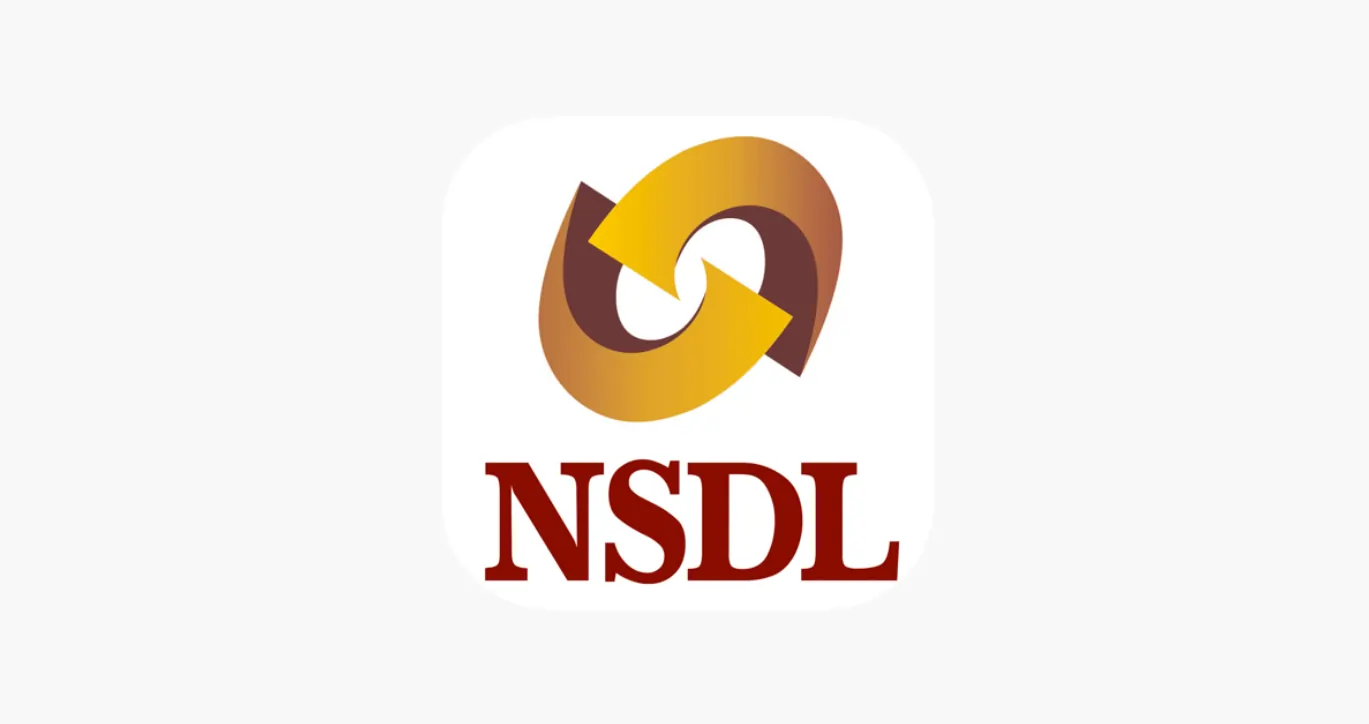
Learn how to easily download your NSDL CAS Statement in PDF format with our step-by-step guide. Follow our instructions to log in to NSDL e-Services, download your account statement, and subscribe for
Read Full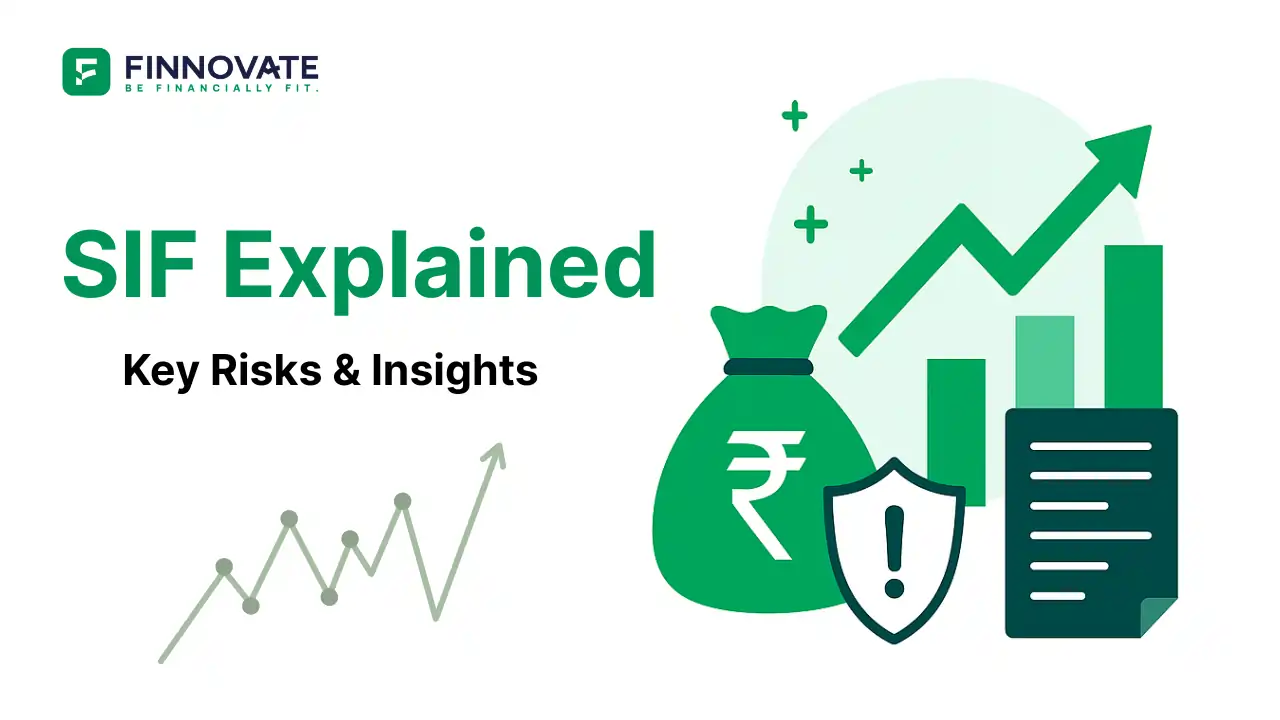
Explore what Specialised Investment Funds (SIFs) are, their benefits, taxation, minimum investment, how to invest, how they compare with mutual funds and PMS and latest developments in SIF space
Read Full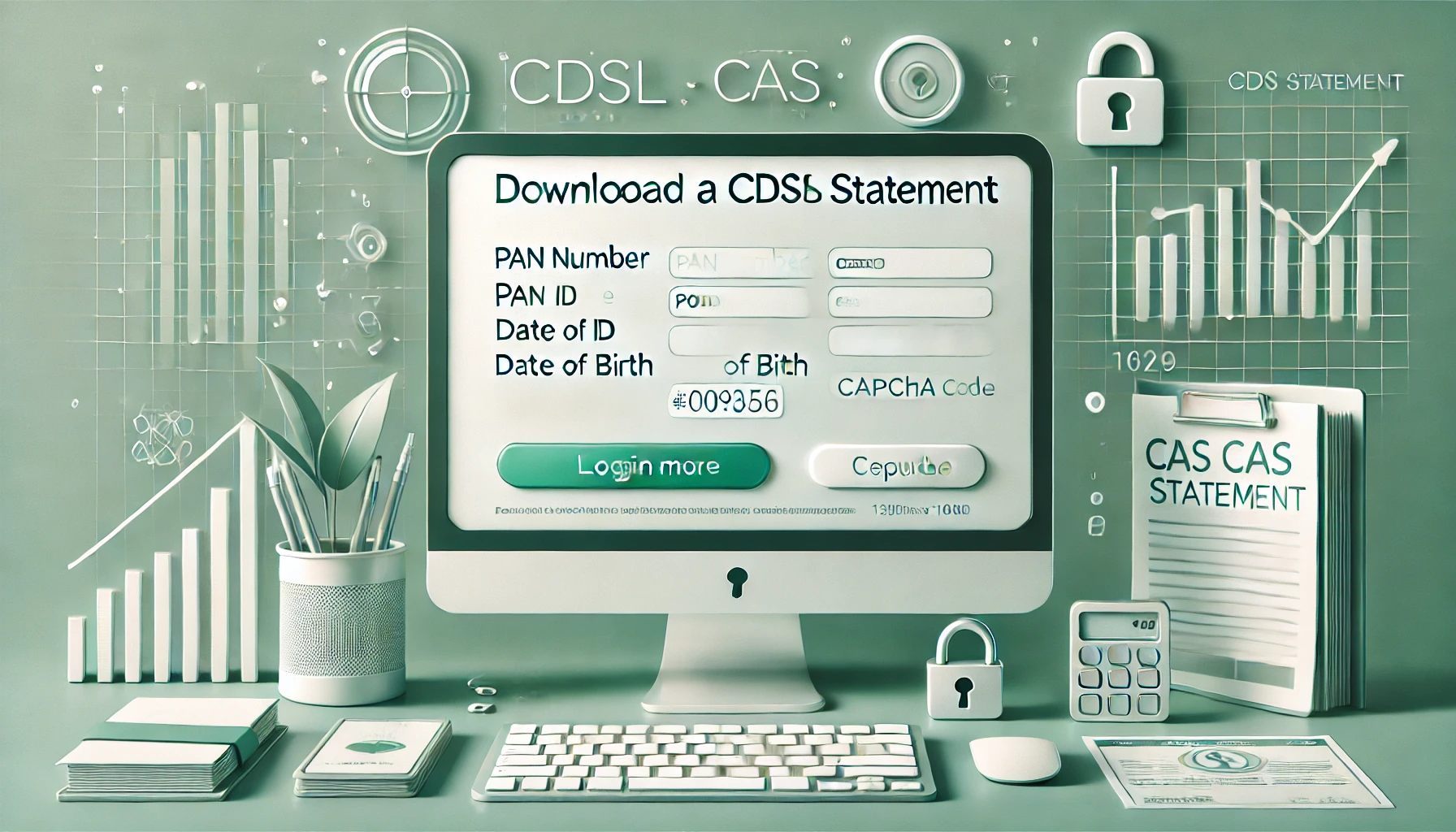
Learn How to Download Your CDSL CAS Statement with our step-by-step guide. Easy instructions for accessing your investment details online.
Read Full
Analyzing the potential economic impact of the 2025 India-Pakistan conflict on India's GDP growth, manufacturing sector, and foreign investment.
Read Full
Looking for the best financial freedom books? Here’s a handpicked 2025 reading list with summaries, why to read, and who it's best for.
Read Full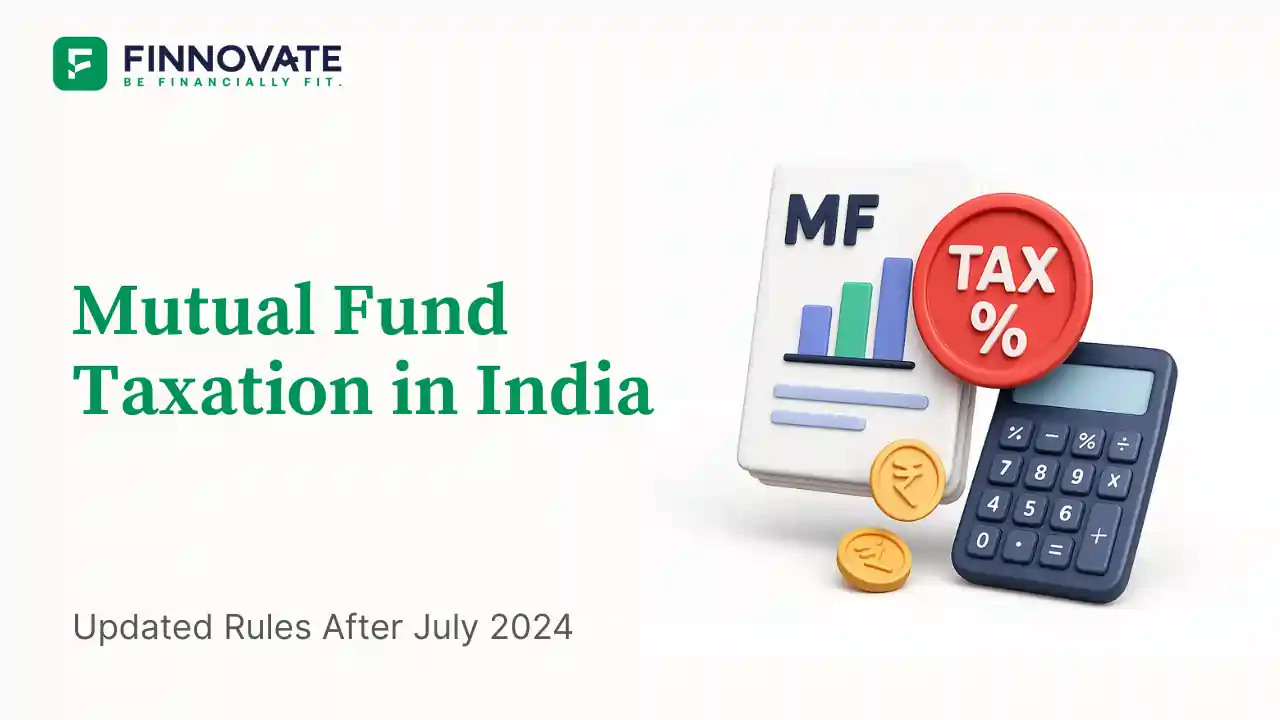
Clear guide to mutual fund taxation in India for FY 2025–26 after July 2024 changes: equity STCG 20%, LTCG 12.5% with ₹1.25L exemption, debt/hybrid rules, dividends, examples, tables, and FAQs.
Read Full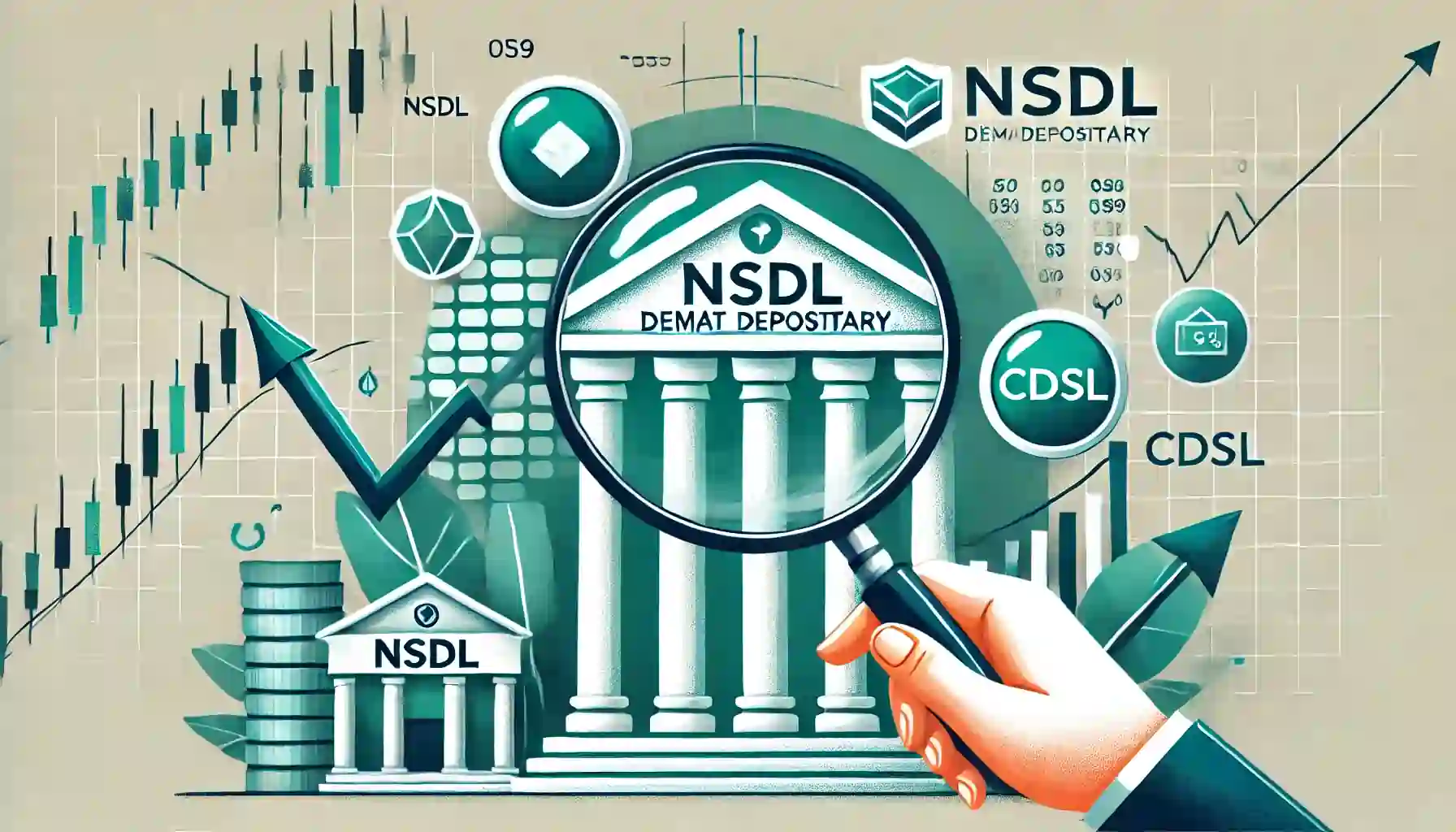
Determine if your Demat Depositary (DP) is NSDL or CDSL easily. Follow our guide to check using broking platforms or Demat account number formats
Read Full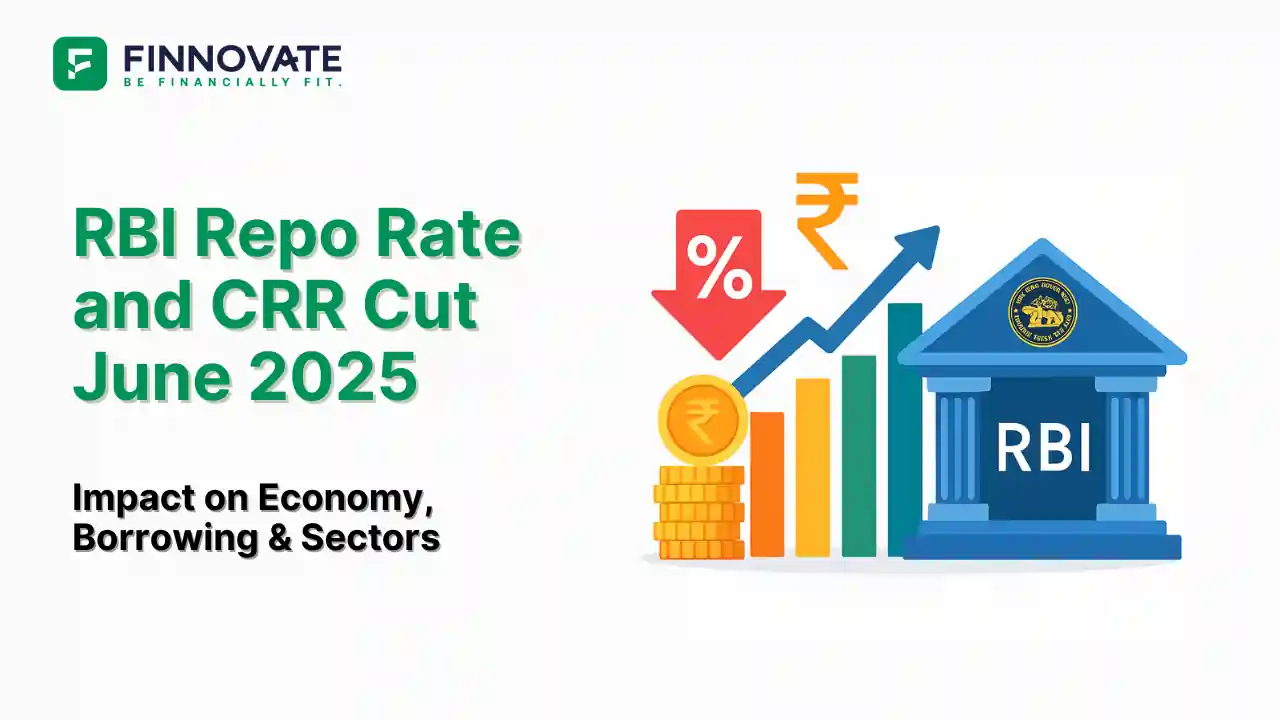
RBI cuts repo rate by 50 bps and CRR by 100 bps in June 2025 to boost growth. Learn how it impacts inflation, borrowing, sectors, and market trends.
Read Full